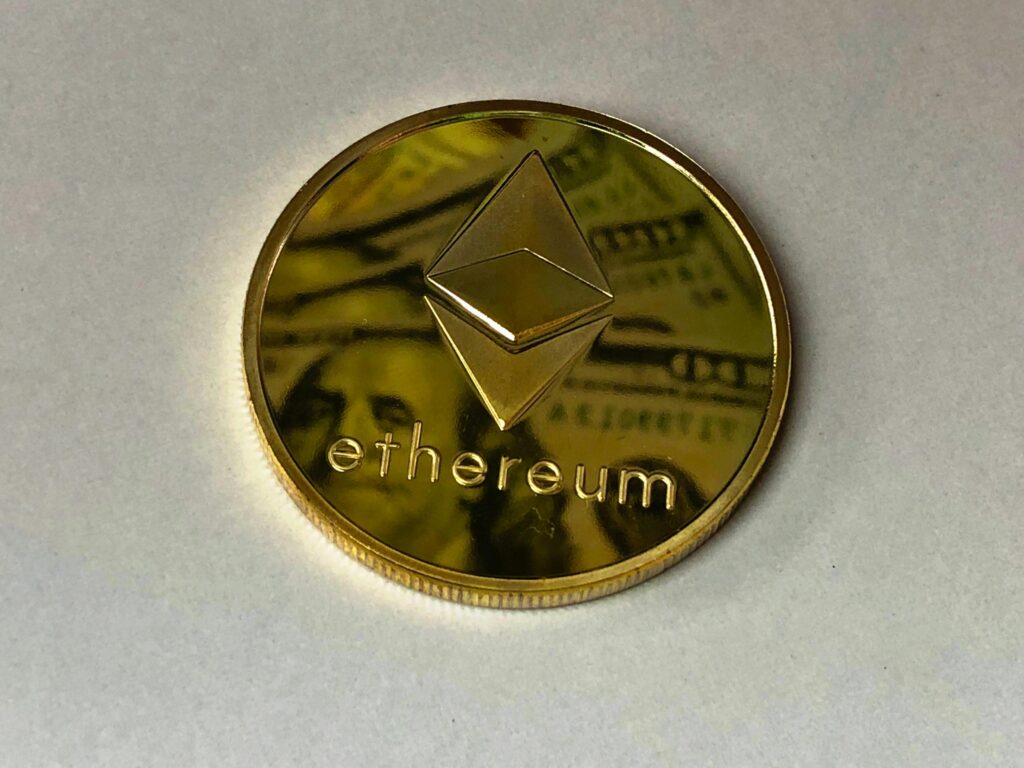Table of Contents
In the evolving world of cryptocurrency, Ethereum stands out as one of the most influential platforms. As we move through 2024, creating and managing an Ethereum wallet is more critical than ever. This comprehensive guide will walk you through the process of creating an Ethereum wallet, addressing security considerations, and exploring various types of wallets available. Get crypto trading course at low price.

What is an Ethereum Wallet?
An Ethereum wallet is a digital tool that allows you to interact with the Ethereum blockchain. It stores your private and public keys, enabling you to send, receive, and manage Ether (ETH) and Ethereum-based tokens. Wallets come in various forms, including hardware, software, and paper wallets, each with distinct features and security measures.
Types of Ethereum Wallets
Before diving into the creation process, it’s important to understand the different types of Ethereum wallets:
- Hardware Wallets: These are physical devices designed to securely store private keys offline. Popular options include Ledger Nano X and Trezor Model T. Hardware wallets are considered the most secure but may require an initial investment.
- Software Wallets: These are applications or software programs that run on your computer or smartphone. Examples include MetaMask, Trust Wallet, and MyEtherWallet. They offer convenience and accessibility but can be more vulnerable to online threats.
- Paper Wallets: A paper wallet involves printing or writing down your private and public keys. This method is highly secure if stored properly but is less convenient for frequent transactions.
- Web Wallets: These are online services that store your keys on a remote server. They are convenient for quick access but are dependent on the security practices of the service provider.
How to Create Ethereum Wallet on Metamask?
To create an Ethereum wallet on MetaMask, follow these steps:
- Download and Install MetaMask: Visit the MetaMask website or your browser’s extension store to download and install the MetaMask extension.
- Create a New Wallet: Open MetaMask and select “Create a Wallet.” Follow the prompts to set up a new wallet.
- Set a Password: Choose a strong password to secure your wallet.
- Backup Your Seed Phrase: Write down the seed phrase provided during setup and store it in a safe place.
- Complete Setup: Confirm your seed phrase and complete the setup to start using your MetaMask wallet.

How to Create Ethereum Wallet on Binance?
To create an Ethereum wallet on Binance, follow these steps:
- Log In to Binance: Sign in to your Binance account or create one if you don’t have an account yet.
- Access the Wallet: Navigate to the “Wallet” tab on the homepage and select “Fiat and Spot” from the dropdown menu.
- Deposit ETH: Click on “Deposit” and choose Ethereum (ETH) from the list of cryptocurrencies.
- Generate Address: Binance will display your Ethereum deposit address; this address serves as your Ethereum wallet on Binance.
- Secure Your Account: Ensure your Binance account has strong security settings, such as two-factor authentication (2FA).
Steps to Create an Ethereum Wallet in 2024
1. Choose the Right Wallet
Selecting the right wallet depends on your needs and preferences:
- For Maximum Security: Opt for a hardware wallet like Ledger Nano X or Trezor Model T.
- For Convenience: Use a software wallet such as MetaMask or Trust Wallet.
- For Long-Term Storage: Consider a paper wallet or a secure hardware wallet.
2. Setting Up a Hardware Wallet
- Purchase the Device: Buy a hardware wallet from an authorized retailer or the official website to avoid counterfeit products.
- Follow Setup Instructions: Hardware wallets come with a user manual. Follow the steps to initialize your device. This usually involves connecting the wallet to your computer or smartphone.
- Create a New Wallet: During the setup process, you’ll be prompted to create a new wallet. The device will generate a recovery seed—a series of words used to restore your wallet if you lose access.
- Secure Your Seed Phrase: Write down the recovery seed on paper and store it in a safe place. Do not store it digitally.
- Set Up a PIN: Choose a strong PIN for additional security. This PIN will be required to access your wallet.
- Install the Wallet’s Software: Download and install the official software for your hardware wallet. This software will allow you to manage your Ethereum assets.

3. Setting Up a Software Wallet
- Download the Wallet App: Choose a reputable software wallet and download the app from the official website or app store. Examples include MetaMask and Trust Wallet.
- Install and Open the App: Follow the installation instructions for your operating system or device.
- Create a New Wallet: Open the app and select the option to create a new wallet. You will be given a seed phrase—write this down and store it securely.
- Set Up a Password: Create a strong, unique password for your wallet. This will be used to access the wallet on your device.
- Backup Your Wallet: Most apps offer an option to back up your wallet. Ensure you complete this step and securely store your backup.
- Verify Your Wallet: Follow the app’s instructions to verify that your wallet is set up correctly.
4. Setting Up a Paper Wallet
- Generate a Wallet: Use a reputable paper wallet generator, such as bitaddress.org or myetherwallet.com. Ensure you are using a secure, offline method to generate the keys.
- Print Your Keys: The generator will provide you with a public address and a private key. Print these out or write them down.
- Secure Storage: Store the paper wallet in a safe place, such as a safe deposit box, to protect it from physical damage or theft.
- Test Your Wallet: Make a small transaction to verify that the wallet works correctly before storing significant amounts of ETH.
5. Setting Up a Web Wallet
- Choose a Reputable Service: Research and select a reliable web wallet provider. Examples include MetaMask (which also has a browser extension) and MyEtherWallet.
- Create an Account: Follow the provider’s registration process to create an account. This may involve setting up a username and password.
- Secure Your Account: Use strong, unique passwords and enable two-factor authentication (2FA) if available.
- Backup Your Wallet: Follow the instructions provided by the web wallet to back up your private keys or seed phrase.
- Access Your Wallet: Once set up, you can access your wallet through your web browser. Ensure you log out after each session to protect your assets.

Security Tips for Managing Your Ethereum Wallet
- Use Strong Passwords: Always use strong, unique passwords for your wallet and associated accounts.
- Enable Two-Factor Authentication: When available, enable 2FA for an added layer of security.
- Keep Your Seed Phrase Safe: Your seed phrase is the key to your wallet. Store it securely and never share it with anyone.
- Be Wary of Phishing Scams: Be cautious of emails or websites that ask for your private keys or seed phrase. Always verify the source before providing any information.
- Update Software Regularly: Ensure your wallet software and any related apps are up-to-date to protect against vulnerabilities.
Conclusion
Creating an Ethereum wallet in 2024 involves choosing the right type of wallet based on your needs and following the appropriate setup procedures. Whether you opt for a hardware wallet for maximum security or a software wallet for convenience, the key to managing your Ethereum assets safely is understanding the features and security measures of your chosen wallet. By following best practices and staying informed about potential risks, you can confidently manage your Ethereum holdings and participate in the dynamic world of cryptocurrency.